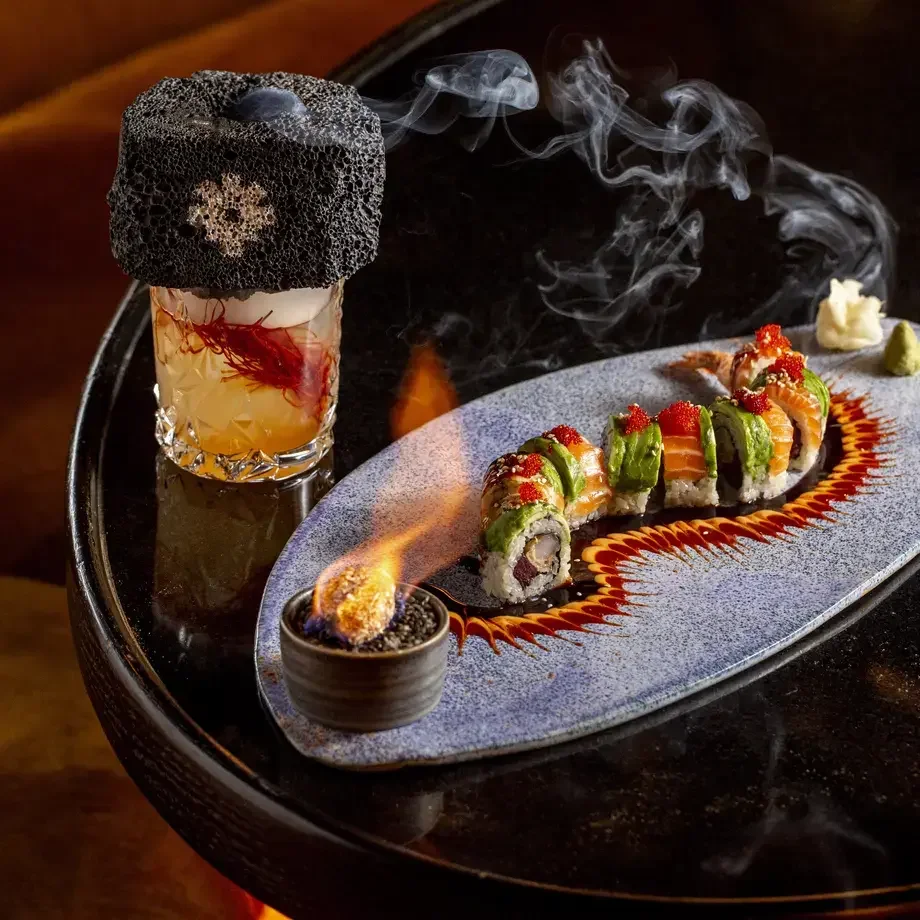At Christmas, foie gras is often served as a starter in France, to the delight of gourmets seated around the table. But to add a little variety to the usual festive feast, how about discovering another festive dish, monkfish liver?
While monkfish liver is not a direct substitute for foie gras, it does offer interesting texture and flavour, that could easily be enjoyed in the place of, or in addition to foie gras.
Consumed as a winter delicacy in Japan, where it’s known as ankimo, monkfish liver is becoming increasingly popular in sushi bars all year round. Originally prized by fisherman, who couldn’t afford to discard any part of their catch, monkfish liver has become controversial due to the overfishing of monkfish stocks.
High in protein, vitamins A and B and folic acid, eating monkfish liver comes with extra precautions for pregnant women.
We spoke to Sten Furic, managing director of La Compagnie Bretonne, a gourmet French seafood company, to find out more about this seafood delicacy:
Where do the monkfish come from, from which the livers are taken, and how are they caught?
The monkfish are caught by boats off Guilvinec, a port near Saint-Guénolé. We indicate the name of the boats supplying us on each of the tins. These are offshore fishing boats, that is to say that the boats are out at sea for 4 to 10 days.
The livers are removed on the boat from monkfish caught on the last days of the catch. The livers are fragile, and kept cool by the fishermen in small quantities.
How are the monkfish livers processed back on dry land?
Once in the factory, the livers are sorted: we remove excessively large livers (which risk being dry), damaged or bruised livers. The livers are then briefly brined (immersed in a large saltwater bath), de-veined and cleaned.
How are these livers then prepared?
They are cut to the size of the tin with a knife, then nested raw by hand. Cooking occurs at the time of sterilisation, this is where the liver produces the oil that is found at the opening of the tin. The oil can be present in more or less quantity, and its natural colour can vary from orange to ocher (colour of "melted butter"). These disparities come from fishing zones which vary according to the boats.
How would you describe the taste of monkfish liver?
Monkfish liver has a melting texture and an iodised and natural taste with fine and sweet flavours.
How should we eat monkfish liver?
Cut with a thin, straight knife and presented on granary toast as an aperitif. As a starter, a slice of monkfish liver can be served with a green salad. You can also use liver oil to make a sauce to accompany the salad. Also, we can add a little fleur de sel, pepper, or a dash of lemon on the liver.
What should we drink with monkfish liver?
If you serve the monkfish liver with a chutney, for example, sweet white wine is good. Otherwise a dry wine such as a good Muscadet or Sauvignon pairs well. My preferred choice is well-malted whisky.
Monkfish is a popular ingredient in cuisines from all over Europe and pairs well with traditional Mediterranean flavours. When prepared as a fillet, it makes the perfect accompaniment to duck in this elegant main course recipe. Popular on the Italian island of Sicily, the meaty flesh of monkfish tails are also delicious served with sesame seeds, garlic, broad beans and tomatoes.














